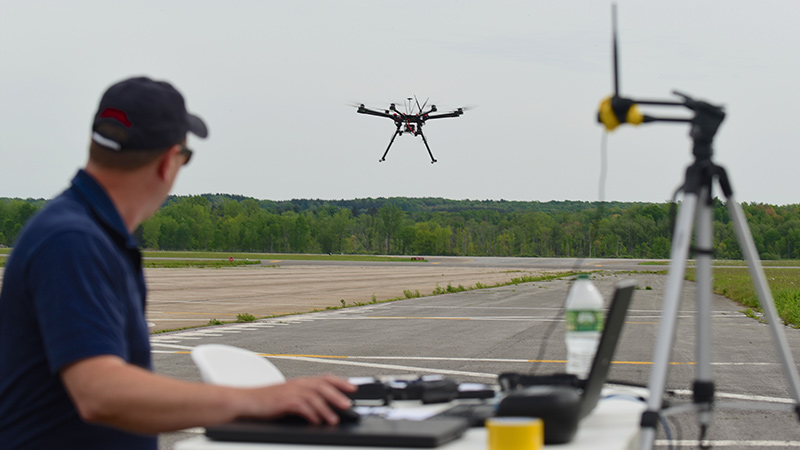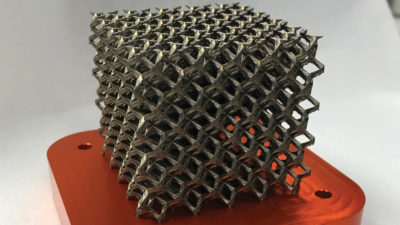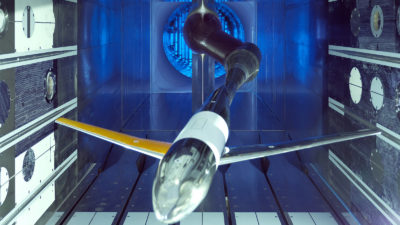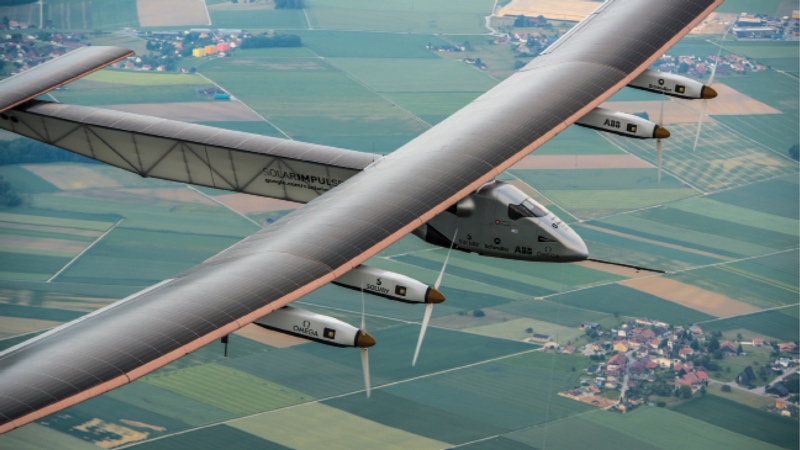Novel aircraft are being safely integrated into airspace
By David Thipphavong and Arwa Aweiss|December 2017
The Air Transportation Systems Technical Committee fosters improvements to transport systems and studies the impacts of new aerospace technologies.
According to the International Air Transport Association, global airline industry profits are projected to dip slightly to $31.4 billion in 2017 from $34.8 billion in 2016. In North America, a net post-tax profit of $15.4 billion is expected in 2017, with a net post-tax profit margin exceeding 7 percent. This strong economic performance was attributed to the consolidation of commercial airlines, which has helped to maintain high passenger loads.
In the United States, Congress has been exploring the transfer of air traffic control from the FAA to a private nonprofit corporation as it is in about 60 other countries, including Canada, Australia and Germany. In June, the chairman of the U.S. House Committee on Transportation and Infrastructure, Rep. Bill Shuster of Pennsylvania, introduced House Resolution 2997 or “The 21st Century Aviation Innovation, Reform, and Reauthorization Act” to privatize air traffic control. Supporters include the White House, the National Air Traffic Controllers Association and all major airlines, which argue that doing so would stabilize the funding stream needed to modernize the nation’s air transportation system. Opponents include small airports and general aviation, which contend that doing so would favor the major airlines and busy airports at the expense of rural communities. In July, the Senate advanced an FAA reauthorization bill that does not include the transfer of air traffic control to the private sector. As of October, the House of Representatives had yet to vote on the measure.
In the meantime, an ongoing effort conducted under NASA’s Airspace Technology Demonstration-2 project is aimed at improving operational predictability in addition to efficiency. In collaboration with the FAA and industry partners, ATD-2 combines NASA-developed trajectory prediction and scheduling technologies with current and near-term FAA decision support systems to integrate arrival, departure and surface operations. ATD-2 is being developed and demonstrated in multiple phases through 2020. Phase 1 is focused on time-based departure scheduling and data exchange for minimizing surface congestion and enabling flights to smoothly merge into busy overhead streams. The Phase 1 demonstration began at Charlotte-Douglas International Airport in North Carolina in September with controllers at multiple FAA facilities and the American Airlines ramp tower using NASA technology to manage live traffic operations.
The integration of unmanned aircraft systems, or UAS, into the airspace also took steps forward over the past year. A series of flight demonstrations of small UAS in low-altitude airspace (i.e., below 500 feet) was conducted in May and June at FAA-approved test sites across the country. Known as the UAS Traffic Management National Campaign, this collaborative effort among NASA, the FAA, industry and academia focused on close-proximity beyond-visual-line-of-sight operations in sparsely populated areas. Future UTM demonstrations will focus on moderately populated areas and higher-density urban areas. The UAS community will need to work together with the broader aviation community to demonstrate that these systems can be operated safely with regard to other vehicles in the air and people and property on the ground.
Besides UAS, a wide range of other novel aircraft have emerged. For instance, Uber Elevate announced in April that it is working toward flight testing of air taxis in the Dallas-Fort Worth area, Los Angeles and Dubai by 2020. In addition, several companies have been designing and testing personal air vehicles, including Slovakia-based AeroMobil, which started taking pre-orders in April for its initial production run of 500 vehicles. In June, Colorado-based Boom Technology announced 76 firm orders for its supersonic transport, with planned service entry in 2023. Like UAS, these aircraft must be integrated into the airspace in a safe and efficient manner.
Contributors: James Cistone, Richard Coppenbarger, Frank Frisbie, Shahab Hasan, Joseph Post, Aditya Saraf, Peng Wei



































